Scientists have used advanced tools to calculate a more precise age for the Maisie galaxy, which was discovered by the James Webb Space Telescope (JWST) in the summer of 2022.
The Maisie galaxy reportedly formed about 390 million years after the Big Bang, meaning it is about 13.4 billion years old. This makes Maisie one of the oldest galaxies known to man.
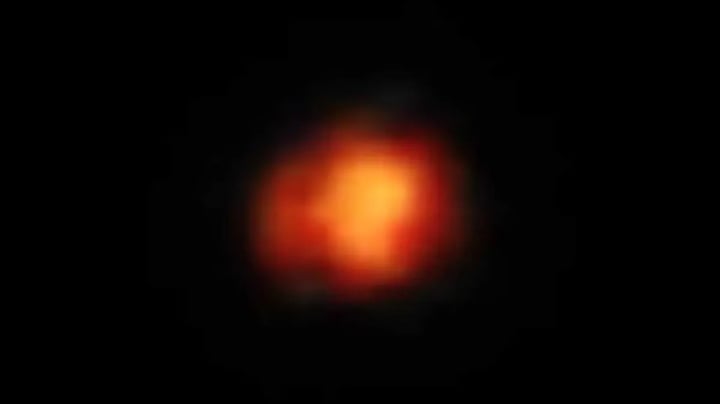
Photo: NASA
“This galaxy existed at a time in the early universe where we really couldn’t have seen it without the James Webb Space Telescope. This is an unexplored time, when we really didn’t know how galaxies formed or what they looked like until we looked with JWST ,” said astronomer Steven Finkelstein at the University of Texas at Austin.
A team led by astronomer Steven Finkelstein of the University of Texas at Austin (USA) discovered this asteroid last summer. The name “Maisie” is after Mr. Finkelstein’s daughter because they discovered it on her birthday.
The Maisie galaxy can be distinguished from other galaxies in the universe today, including the Milky Way, because it is much smaller, Finkelstein said.
Maisie also differs from most “modern” galaxies in that, at the time of observation, it appeared to be giving birth to young blue stars.
“The Maisie galaxy is interesting in that it is one of the first distant galaxies identified by JWST, and in that set, it is the first to actually be confirmed spectroscopically,” said Finkelstein.
For now, astronomer Finkelstein will continue to examine the Maise galaxy with JWST's Mid-Infrared Radiation (MIRI) instrument, delving deeper into the galaxy's light spectrum to discover how rich the galaxy is.
“Maisie will certainly give us a good example of a galaxy in the early universe. Because it is so bright, we can study it quite easily and measure many things like the mass of its stars, its shape and the amount of heavy elements inside,” said Finkelstein.
Mai Trang (VOV/SPACE)
Source


![[Photo] Lam Dong: Close-up of illegal lake with broken wall](https://vphoto.vietnam.vn/thumb/1200x675/vietnam/resource/IMAGE/2025/11/03/1762166057849_a5018a8dcbd5478b1ec4-jpg.webp)
![[Photo] General Secretary To Lam receives Singaporean Ambassador Jaya Ratnam](https://vphoto.vietnam.vn/thumb/1200x675/vietnam/resource/IMAGE/2025/11/03/1762171461424_a1-bnd-5309-9100-jpg.webp)
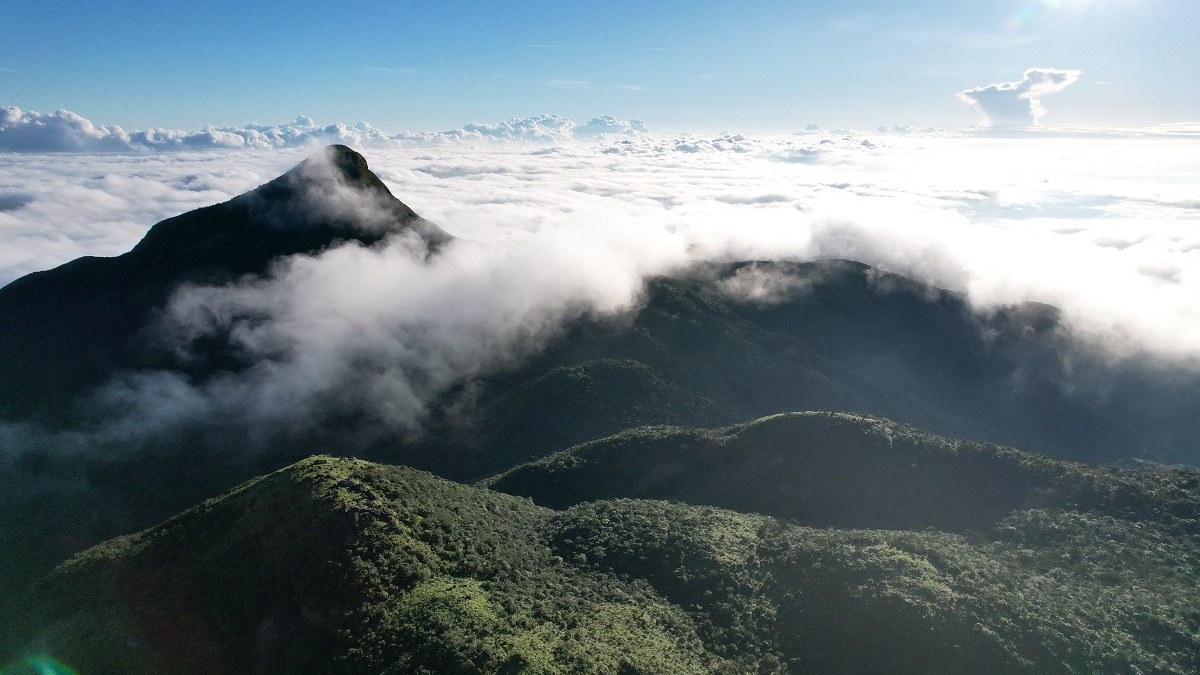
![[Photo] Prime Minister Pham Minh Chinh receives the Chairman of the Japan-Vietnam Friendship Association in the Kansai region](https://vphoto.vietnam.vn/thumb/1200x675/vietnam/resource/IMAGE/2025/11/03/1762176259003_ndo_br_dsc-9224-jpg.webp)

![[Photo] Fall Fair 2025 and impressive records](https://vphoto.vietnam.vn/thumb/1200x675/vietnam/resource/IMAGE/2025/11/03/1762180761230_ndo_br_tk-hcmt-15-jpg.webp)
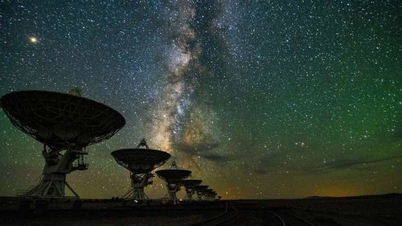

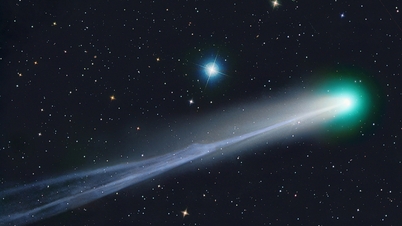
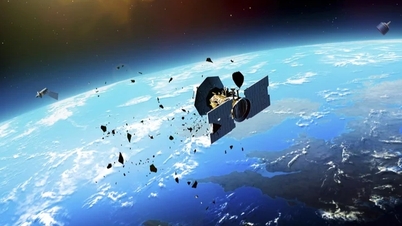

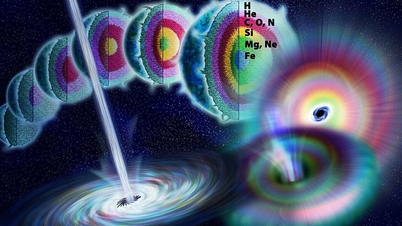

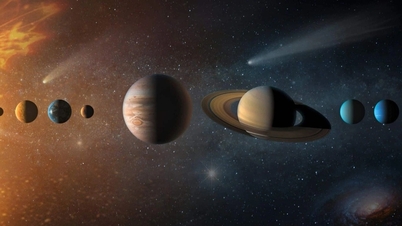




























































































Comment (0)